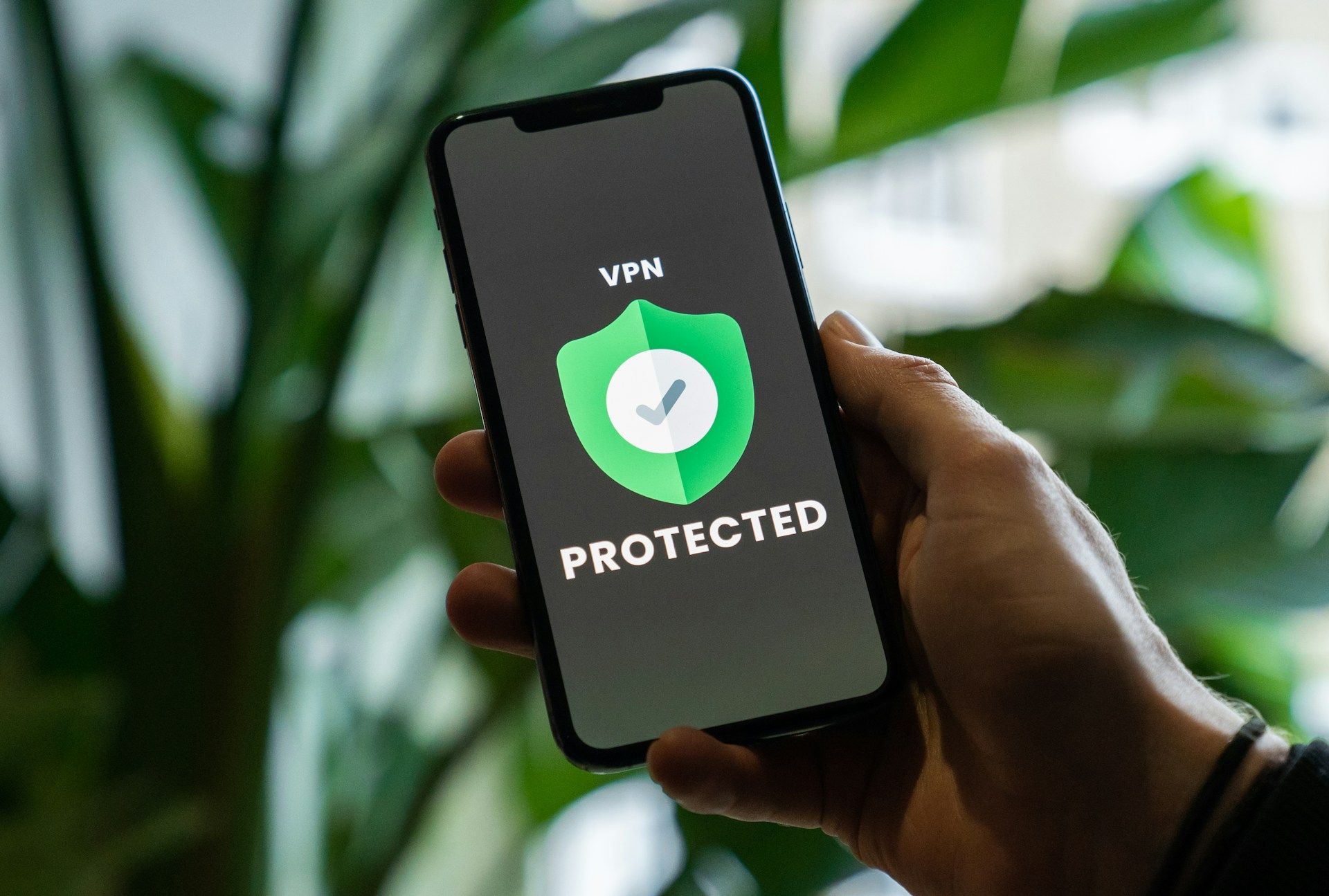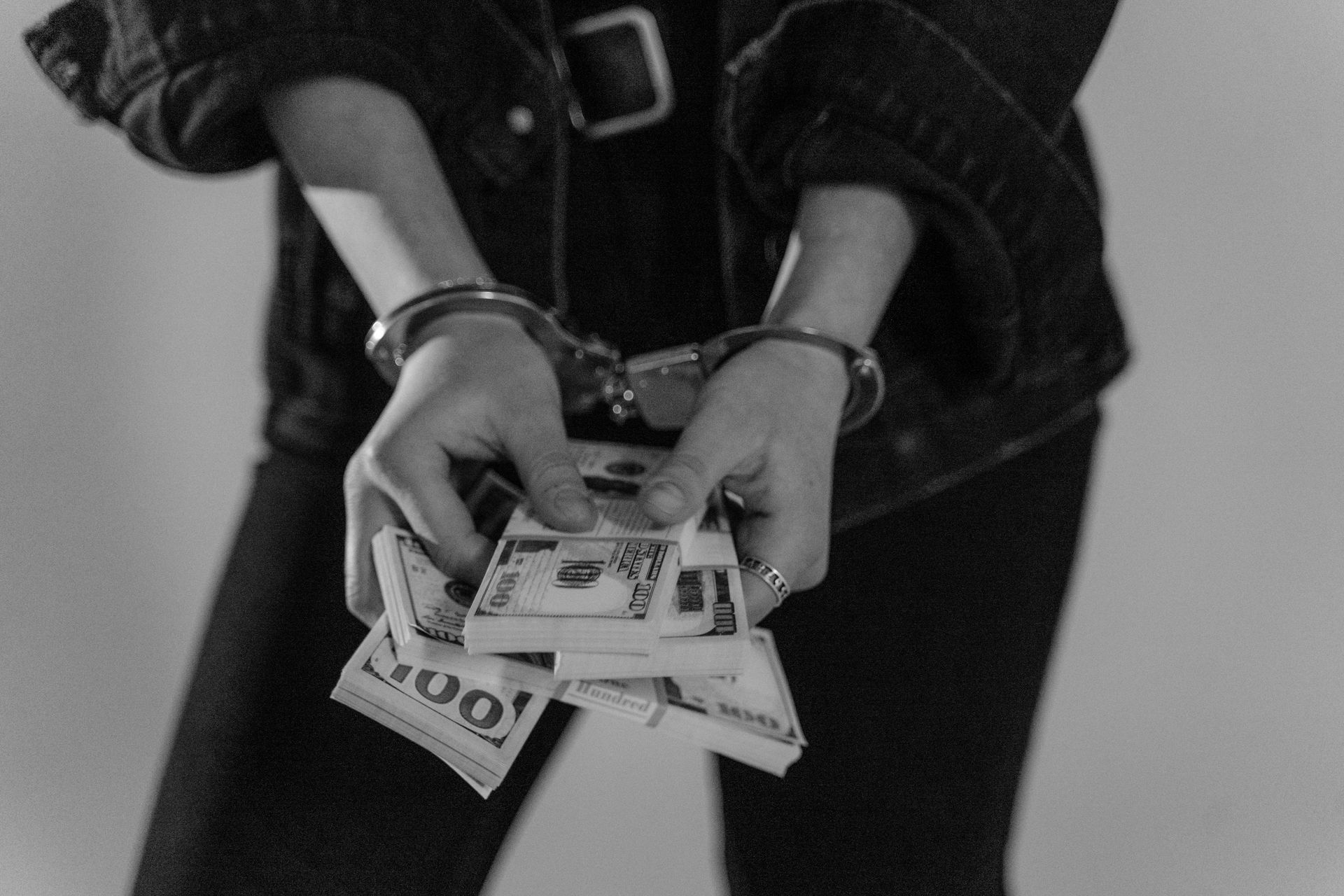How to Protect Yourself from a Stalker

Over the past few years, stalking incidents have been increasing, affecting people of all genders, ages, and backgrounds.
According to the Australian Bureau of Statistics, an estimated 1 in 5 women and over 1 in 15 men have experienced stalking since the age of 15. Apart from that, studies also reveal that stalking cases have risen in Australia by 11% over the past two years. This alarming increase is largely due to the advancements in technology and social media networking, which makes it easier for stalkers to harass their victims.
Consequently, there is an immense need to adopt certain strategies so that we can prevent ourselves from becoming a victim of cyberstalking.
In this article, we will discuss what stalking is, how can you protect yourself from a stalker, and what you need to do in case you are being stalked.
So, let’s get started!
What Is Stalking?
Stalking is a serious crime characterised by the illegal act of following and monitoring someone without their consent. This behaviour includes obsessive, unwanted, and repeated contact whether through tracking, communicating, or spying on another individual in a way that places them in fear of harm.
This disturbing action can come from a stranger or more commonly from a former intimate partner.
Statistics reveal that almost 80% of stalkers are known to their victims. Additionally, more than 60% of women who experience stalking report that stalkers are their current or former partners.

What Is Cyberstalking?
Cyberstalking involves using digital forms of communication to harass a selected victim in an aggressive, and often, threatening manner.
Cyberstalkers may target their victims on social media, trolling them and sending threatening messages. They might hack emails or track locations to monitor the victim’s activities.
As the technology and use of digital platforms continue to expand, the risk of being stalked also increases.
Subsequently, the cases of cyberstalking have risen over the past decade. This rise is largely because stalkers have more access to your personal information through social media platforms.
The Consequences of Cyberstalking
The uncertainties regarding stalkers’ actions — such as when they might show up or what they might do to you, can induce significant fear and anxiety. Nearly half of those who are being stalked fear what will happen next; while 29% of stalking victims fear that the stalking will never stop.
Not only that, stalking can have severe psychological and physical impacts that lead to depression, insomnia, social dysfunction and post-traumatic stress disorder.
How to Protect Yourself Against Cyberstalking?
Stalking is a serious and often terrifying crime that can leave an individual with a feeling of vulnerability. Whether it’s in person, through technology, or by some other means, stalking can have severe psychological and emotional effects.
But there’s no need to worry, because…
Here are some safety strategies you can adopt to protect yourself against stalking:

1. Find Your Information Online
Search your full name or your family’s name along with your city and state on Google.
Scan through the results to see how much information a stalker could get about you online. Look for your home address, phone number, social media accounts, phone number, and other personal details.
If you find any sensitive information that you wouldn’t want a cyber stalker to have, remove it — or contact the respective website and ask them to remove it.
2. Change Your Privacy Settings
The more information you post about yourself, the more someone can use it to stalk you.
Therefore, to protect yourself from stalkers, be mindful of the information you share online.
Here is how you can enhance your privacy and security on social media:
- Review Your Privacy Settings: Take a closer look at your social media accounts, and if you haven’t done so already enable, strong privacy settings. This step is essential to limit who can see your information.
- Limit Public Information: Remove any personal information from public sites or set your privacy settings to close friends only. Avoid sharing your full name, address, phone number, email or city openly on social media as well.
- Be Selective with Friend Requests: Do not try to increase your social circle with people who you don’t know and only accept friend requests from those individuals you have met in person.
- Change Your Usernames: Avoid using the same username across all social media platforms. By creating a unique username for different accounts, you can make it harder for stalkers to track your online presence.
- Search Visibility: Adjust your privacy settings so your profile does not appear in search results. This adds an extra layer of protection against unwanted attention.
Just by changing your privacy settings, you can maintain a higher level of privacy and security online.

3. Be Cautious with Sharing
Avoid sharing your personal information such as your credit card number, or phone number with people on public forums or social media platforms. While these platforms seem to be a convenient way to connect with others, they also provide opportunities for stalkers to access your personal information.
So, be cautious while sharing your sensitive information and you can reduce the risk of your data falling into the wrong hands.
4. Change Your Passwords
Weak or shared passwords allow the stalkers to access your accounts.
With such access, they can monitor your personal affairs, go through your messages, or even track your emails. Consequently, your financial information, account information, and private photos could all be at risk.
But you can stay cautious by reviewing your account’s activity every now and then.
- Look out for any unknown device or IP address that is linked to your account and if you detect any, immediately log out of that device and change your password.
- Create your password in such a way that internet browsers usually recommend or create one that includes upper and lower case letters with numbers and symbols.
- Make it a habit to change your password after every three months to prevent any breaches.
- For an extra layer of security, you can also implement two-factor or multifactor authentication across your banking, social media, and email accounts.
NOTE: Whether you have noticed any suspicious activity or not, you can still go through these steps to protect yourself from being stalked.

5. Secure Your Phone and PC
There are chances of you being stalked by a family member or someone with access to your phone or computer.
Therefore, to protect yourself from stalking, you have to protect your devices.
Be cautious when using public Wi-Fi, as it can be susceptible to hacking. If you need to connect to hotel Wi-Fi, use a VPN (Virtual Private Network). A VPN encrypts your internet traffic and hides your IP address, making it more difficult for hackers to intercept your data and for anyone to track your online activities.
Make sure that your devices are protected by strong passwords and avoid sharing these passwords with anyone.
Occasionally do anti-virus and anti-malware scans on your PC.
A stalker can remotely install spyware on your computer to monitor your activities. If you find any suspicious software, delete it immediately, make a backup of your important files and do a factory reset to prevent any further harm.
What to Do If You Are Being Stalked?
As stalkers always find new ways to get in, despite taking all the protective measures, there are still chances of you becoming a victim of cyberstalking.
If you find yourself in a similar situation, follow these steps:
1. Find the Underlying Cause
First, identify the underlying reasons for being targeted by a stalker.
No doubt anyone can become a victim of stalking but understanding the reason can help you to better assess your situation.
Research indicates that certain factors like previous or current relationships, personal characteristics, and using the same username across all social media platforms can increase the chances of being targeted.

2. Cut off All Contact
Cut off all contact with the stalker and avoid answering any unknown or unwanted calls or messages.
Even the slightest attention can encourage the stalker to continue the stalking behaviour. Therefore, the best approach is to cut off all the communication and ignore them completely.
3. Document Everything
Document every incident of stalking.
If you receive any threatening messages, emails, or hang-up phone calls, make sure to note them down. You can use the Stalking Incident and Behavior Log (.pdf) to keep records of all the activities of a stalker.
4. Call the Police
No one better knows your situation than you.
If you believe you are being stalked — whether in person or online — trust your instincts, and call the local police for immediate assistance. Many police departments have special cyberstalking units that can handle any online crime.
In addition to contacting the police, you can also report cyberstalking and other cybercrimes to the Australian Cyber Security Center (ACSC).

5. Report the Stalker
If you are receiving threatening emails, note the stalker’s email service provider (ESP), which refers to the major email providers like Google, Outlook, and Yahoo.
To find this look at the part of an email that comes after the “@.”
For Example:
If the stalker is using a Gmail account to stalk you, you can report them by https://support.google.com/mail/contact/abuse. You can also report other cases to relative service providers.
In the case of social media, you can go to the Help Center of the respective platform for instructions about handling stalking incidents. Almost all social media platforms have strict policies against stalking so you can block the stalker and report their behavior easily.
Cyberstalking Laws in Australia
In Australia, stalking is addressed through a combination of federal and state laws.
These laws are designed to protect individuals from online harassment, intimidation and stalking behaviours.
Federal Laws
Some common cyberstalking laws in Australia involve:
- Criminal Code Act 1995 (Cth): It covers using a carriage service to menace, harass, or offend under Section 474.17 and Section 474.15. This includes online threats, abusive messages, and repeated unwanted contact.
The maximum penalty according to this law is three years of imprisonment to harass and cause offence, and five years of imprisonment in case it involves sharing private sexual material.
State and Territory Laws
Each State and Territory in Australia also has its own legislation that addresses stalking:
- New South Wales (NWS): According to the Crimes (Domestic and Personal Violence) Act 2007 stalking or intimidation with the intent to cause fear of physical or mental harm is an offence under Section 13, punishable by up to 5 years imprisonment or a fine of 5500$.
- Victoria: Under Section 21A of Crimes Act 1958 stalking, including cyberstalking, is an offence. It includes behaviours such as contacting the victim through electronic communications, phishing materials relating to the victim or any other person on the internet, and tracing the victim’s use of the internet. The penalty can be level five imprisonment (10 years maximum).
- Queensland: In Queensland, stalking is covered under Section 359E of the Criminal Code Act 1899. It explains that a person who unlawfully stalks, harasses, or abuses another person is guilty of a crime and is liable to a maximum penalty of imprisonment for five years.
- Tasmania: A person who, with intent to cause another person harm, harass, or intimidate is a guilty of crime under Section 192 of the Criminal Code Act 1924.
- South Australia: The Criminal Law Consolidation Act 1935 of South Australia outlines the offence of stalking and includes behaviours such as the use of the internet or email to harass or threaten someone under Section 19AA. Penalties can include imprisonment of up to 3 years for a basic offence and imprisonment of five years for an aggravated offence.
- Western Australia: Section 338B of the Criminal Code Act Compilation Act 1913 states that a person who pursues another person with the intent to intimidate that person or a third person, is guilty of crime. The maximum penalty includes eight years of imprisonment with a heavy fine.
- Northern Territory: Section 189 of the Criminal Code Act 1983 prohibits all actions, conducts and forms that constitute stalking in the Northern Territory of Australia. Anyone found guilty of stalking is liable to imprisonment for up to 2 years.
That’s all for today.
Final Word
Stalking is a ubiquitous and alarming crime that can significantly impact the victim’s mental and physical health. The rise in technology and social media has raised this problem, making it easier for stalkers to target their victims.
To protect yourself from becoming a victim you need to be cautious about your online presence. Secure your personal information, enable privacy settings, and use strong passwords to protect your devices.
If you find yourself being stalked, it is essential to cut off all contact with the stalker and document every incident that can be used as a piece of evidence for authorities and support networks.
Utilising the available legal protection, such as federal and state laws in Australia can also aid in addressing and preventing stalking.
Regards!









